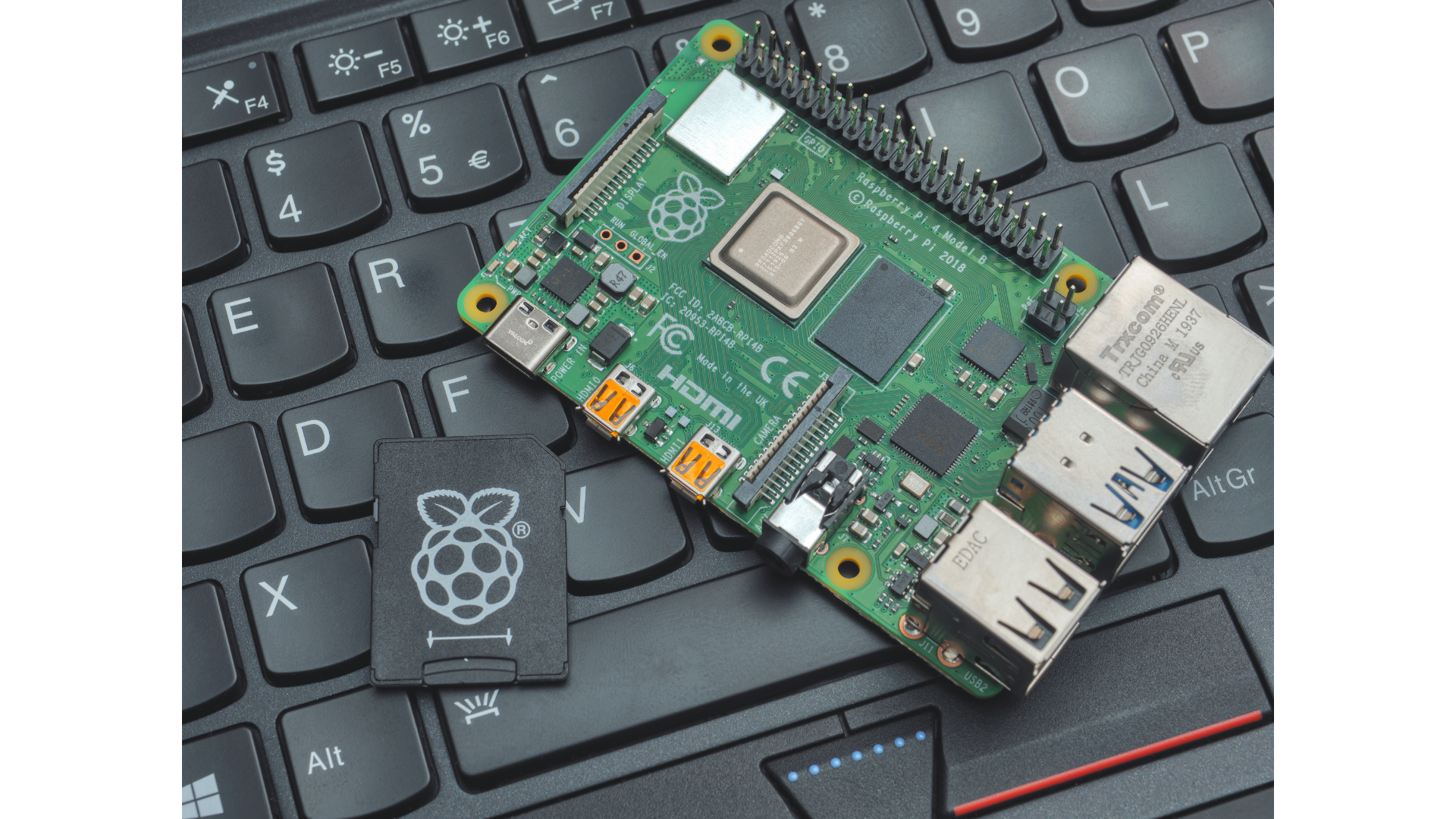The Role of Memory in Computers: An In-Depth Exploration
The role of memory in the computer is to save and store information and data which is a necessary and essential part of computer. Memory is one of the most important hardware parts in the computer systems. It usually records and stores information and date from everywhere in the computer. In the ever-evolving landscape of technology, the concept of memory stands as one of the most critical components of computing systems. At its core, memory plays a pivotal role in enabling computers to perform complex calculations, manage multi-tasking, and provide seamless user experiences. Understanding how memory functions and the different types of memory involved in computing is essential for anyone interested in technology, whether you are a casual user, a student, or an industry professional. In this blog post, we’ll delve into the various aspects of memory in computers, including its types, functions, and significance in the overall architecture of computer systems.
What is Computer Memory?
Computer memory refers to the electronic components that temporarily or permanently store data and instructions for processing. It is fundamental to the operation of a computer, acting as a bridge between the data input and output processes. Memory is categorized broadly into two types: primary (or volatile) memory and secondary (or non-volatile) memory.
Primary Memory
Primary memory is the fast, temporary storage that the CPU (Central Processing Unit) utilizes to hold data that is actively being processed. It is volatile, meaning that it loses its stored information when the power is turned off. The most common types of primary memory are:
- Random Access Memory (RAM): This is the most widely known type of primary memory. RAM allows data to be read and written in any order, which enhances the speed of computing tasks. RAM is critical for multitasking and smooth user experiences, as it temporarily holds data and programs that the CPU is currently using.
- Cache Memory: Located closer to the CPU than RAM, cache memory is a smaller, faster type of volatile memory designed to speed up the processing speed by storing frequently accessed data. The CPU can access data from cache memory more quickly than from RAM, which significantly reduces the time it takes to retrieve information. Cache is typically organized in levels (L1, L2, L3), with L1 being the fastest and smallest.
- Registers: These are small amounts of storage available directly within the CPU. Registers are used to hold data and instructions that are in immediate use, and they are the fastest type of memory available. Each processor, depending on its architecture, has a number of registers to perform computations and control operations.
Secondary Memory
Secondary memory, on the other hand, is used for long-term storage of data and programs. It is non-volatile, meaning that it retains its content even when the power is turned off. Common forms of secondary memory include:
- Hard Disk Drives (HDD): These are traditional spinning disk drives that store data magnetically. While HDDs offer large storage capacities at relatively low costs, they are slower in speed compared to newer storage technologies.
- Solid State Drives (SSD): Unlike HDDs, SSDs use flash memory to store data, which allows for much faster read/write speeds. They have no moving parts, leading to quicker boot times and improved system performance.
- Optical Discs: Media such as CDs, DVDs, and Blu-ray discs fall under this category. They provide a portable and long-lasting means of storing data, though they are less commonly used for primary storage in modern computing.
- Memory Cards and USB Drives: These portable storage devices have become increasingly popular for data transfer and backup, offering various capacities and speeds.
Functions of Memory in Computers
Memory serves several essential functions within a computer system, many of which can be observed during daily use. Here are some of the primary functions:
Data Storage
Memory provides the essential capability of data storage, allowing computers to retain both temporary and permanent information. Temporary storage (RAM) is quickly accessed and modified, while permanent storage (HDD, SSD) retains data even when the device is switched off.
Speed and Efficiency
Memory is crucial for the speed and efficiency of processing tasks. The fast-access nature of RAM and cache memory enables the CPU to conduct computations swiftly with minimal delays. An adequate amount of RAM is especially important for multitasking, as each open application consumes a portion of memory that, when exceeded, can lead to sluggish performance.
Program Execution
When a computer runs a program, the instructions and data for that program are loaded into RAM. The CPU retrieves these instructions from memory, executes them, and often reads/writes additional data back into memory. This ongoing cycle is fundamental to all computing tasks, from simple applications to complex simulations.
Data Transfer
Memory facilitates the transfer of information between different components of a computer. For instance, data is often moved between the secondary storage (HDD/SSD) and primary memory (RAM) during operations. Fast transfer rates between different types of memory contribute to overall system performance.
Virtual Memory
To manage limitations in physical RAM, modern operating systems utilize virtual memory, a technique that allows a computer to use secondary memory (such as HDD/SSD) as if it were additional RAM. This system can help to improve multitasking capabilities and extend the apparent memory capacity of a computer, though with some trade-offs in speed.
The Importance of Memory in Computer Performance
The importance of memory cannot be understated in the realm of computer performance. Memory influences a range of critical factors, including:
Multitasking Ability
The amount of RAM in a system directly affects its ability to run multiple applications simultaneously without slowdowns. Systems equipped with higher RAM capacities can handle more processes at once, which is particularly valuable for professionals who rely on resource-intensive applications, such as graphic designers or data analysts.
System Boot and Load Times
Storage speed plays a significant role in booting a computer and loading applications. Systems with SSDs will boot considerably faster and launch programs more quickly than their HDD counterparts. As more users expect their devices to start up quickly and provide instant access to applications, the role of memory in overall user satisfaction is increasingly paramount.
Gaming and Graphic Performance
For gamers and video editors, memory configurations can significantly impact graphical performance. Many modern games and graphic-intensive applications require substantial amounts of RAM to function optimally. Additionally, the type and speed of memory can affect rendering times and frame rates.
Impact on Application Performance
Certain applications have specific memory requirements that can limit their functionality or performance depending on the available memory. Applications for video editing, 3D rendering, and large database management can be sensitive to available memory, making memory management a critical aspect of operation.
Conclusion
In conclusion, memory is a fundamental element of computer architecture and plays a vital role in the overall performance of computing systems. From temporary storage that fuels fast data processing to non-volatile options that ensure long-term data retention, each type of memory serves distinct yet interrelated purposes. As technology continues to advance, the demand for faster, more efficient memory solutions will only grow more pressing.
For anyone looking to improve their understanding of computers, gaining insights into memory and its functions can provide a solid foundation. Whether it’s enhancing productivity, improving gaming experiences, or ensuring smooth multitasking, mastering the ins and outs of memory will prove invaluable in navigating the complexities of modern computing. By grasping the crucial role of memory, users can make informed decisions about hardware purchases, software usage, and even their own computing habits.
Shop Now






